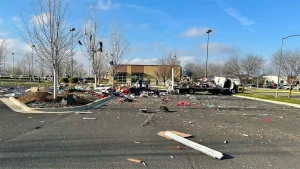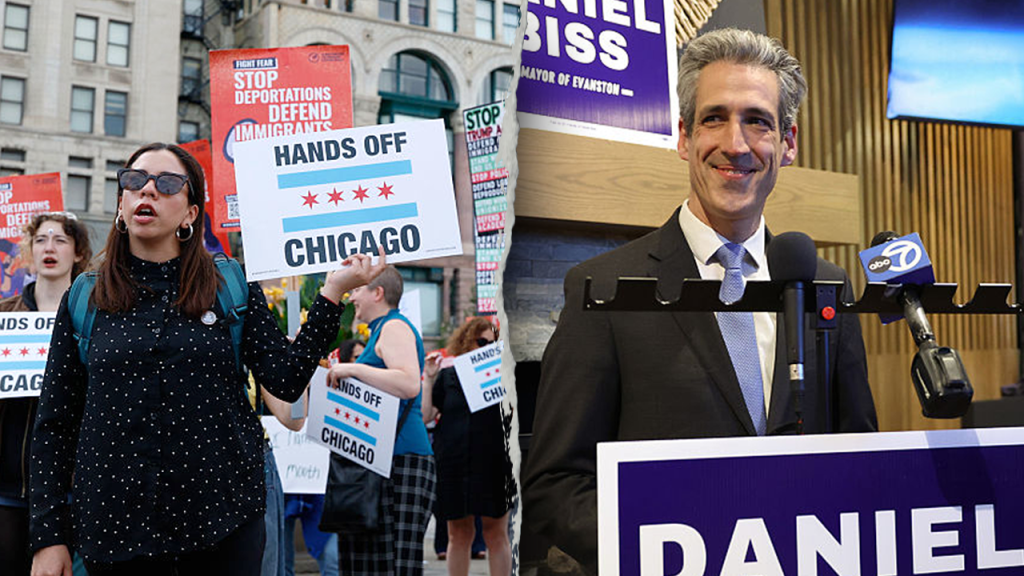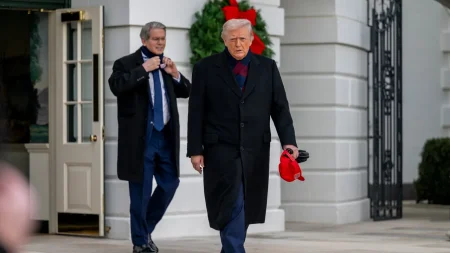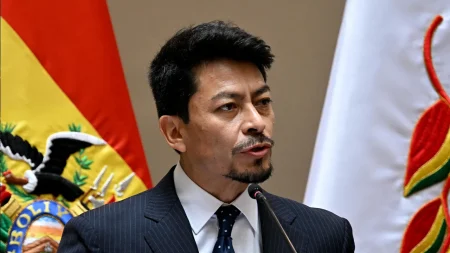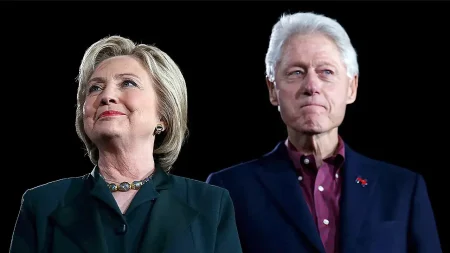Chicago Mayor’s Stand Against Immigration Enforcement: A Tale of Resistance in the Face of Federal Pressure
In the bustling political landscape of Chicago, a drama is unfolding that exemplifies the growing tension between local governance and federal immigration enforcement. Mayor Daniel Biss of Evanston, who is also a Democratic congressional candidate hoping to succeed Rep. Jan Schakowsky in 2026, has taken a bold stance against cooperating with Immigration and Customs Enforcement (ICE) operations in his city. As the Department of Homeland Security launches what they’ve dubbed “Operation Midway Blitz” in the Chicago area, Biss remains resolute in his commitment to protecting his community’s undocumented residents. In a candid interview with CNN, the mayor revealed he was “in the dark” regarding DHS’s specific plans for Illinois but felt compelled to inform his constituents about potential enforcement actions after receiving intelligence from a state official suggesting ICE would likely be operating in Evanston.
The mayor’s actions go beyond mere verbal resistance. In a significant move that demonstrates the lengths to which local officials might go to obstruct federal immigration enforcement, Biss ordered Evanston’s license plate cameras to be turned off after discovering the data was being shared with federal authorities. These cameras, unlike those used for traffic violations, collect and store vehicle data that can later be accessed by law enforcement to track suspects. By disabling this surveillance system, Biss has effectively removed a tool that ICE might use to locate undocumented immigrants within his jurisdiction. “We’ve been doing everything we can to protect our residents from before Donald Trump took office,” Biss explained, referencing the city’s strong sanctuary laws that prevent local police from cooperating with federal civil immigration enforcement. His decision reflects a growing trend among progressive municipalities to create barriers between local governance and federal immigration authorities.
The tension between local and federal priorities became even more apparent when Biss described his experiences at a Mexican Independence Day parade in Chicago. In a video recording, the mayor shared that he used his “rapid response training to keep an eye out for potential ICE personnel” during the celebration, viewing his role as one of protection against possible enforcement actions. His language was pointed and emotionally charged as he described watching for “masked individuals” who might “grab people off the street” or “uniformed personnel” who might “attack our people” without warning. This characterization of federal law enforcement officers as potential attackers highlights the deep mistrust that has developed between some local officials and federal immigration authorities. Biss concluded his message with a sobering thought about historical accountability: “We’re going to remember for a long time what we did in this moment. Let’s do the right thing.”
When confronted by critics who accused him of wrongfully obstructing federal procedures, Biss didn’t back down. Instead, he responded with a political counterpunch, making a veiled reference to the controversial Epstein files and implying hypocrisy among his detractors. This exchange demonstrates how immigration enforcement has become deeply entangled with broader political conflicts, with each side viewing the other as fundamentally untrustworthy or even dangerous. The mayor further escalated his rhetoric by declaring that authoritarianism “is here” – not merely approaching – and positioning Chicago as a bastion of resistance against what he perceives as federal overreach. “History will remember how Chicago stood in solidarity in this moment,” he stated, framing local opposition to ICE as part of a larger historical struggle for justice and human rights.
The conflict in Evanston represents a microcosm of a national debate about immigration enforcement that has intensified with each presidential administration. Sanctuary cities and their policies have become flashpoints in American politics, with advocates arguing they protect vulnerable communities and critics contending they undermine the rule of law. For residents caught in the middle, the uncertainty can be paralyzing. Biss acknowledged this reality when he claimed the Trump administration “wants to keep us guessing, wants to use our uncertainty to keep us afraid,” suggesting that fear itself is a tool being wielded against immigrant communities. By publicly addressing his constituents about potential ICE operations, the mayor aimed to provide information that would allow people to “protect themselves” from encounters with federal law enforcement – a goal that reflects his view that such encounters represent a danger rather than legitimate law enforcement activity.
As Operation Midway Blitz unfolds in the Chicago area, the standoff between Mayor Biss and federal authorities symbolizes the profound divisions in American society regarding immigration policy and enforcement. These tensions transcend simple policy disagreements, revealing fundamentally different conceptions of community, safety, and the proper relationship between different levels of government. For Biss and like-minded officials, protecting undocumented residents from deportation is a moral imperative that justifies extraordinary measures, including disabling surveillance equipment and actively watching for enforcement personnel at community events. For federal authorities and their supporters, such actions represent an unacceptable obstruction of legitimate law enforcement activities designed to uphold national immigration laws. As this drama continues to play out in Evanston and across the country, it serves as a powerful reminder of how immigration – perhaps more than any other issue – continues to test America’s understanding of itself as both a nation of laws and a nation of immigrants.
